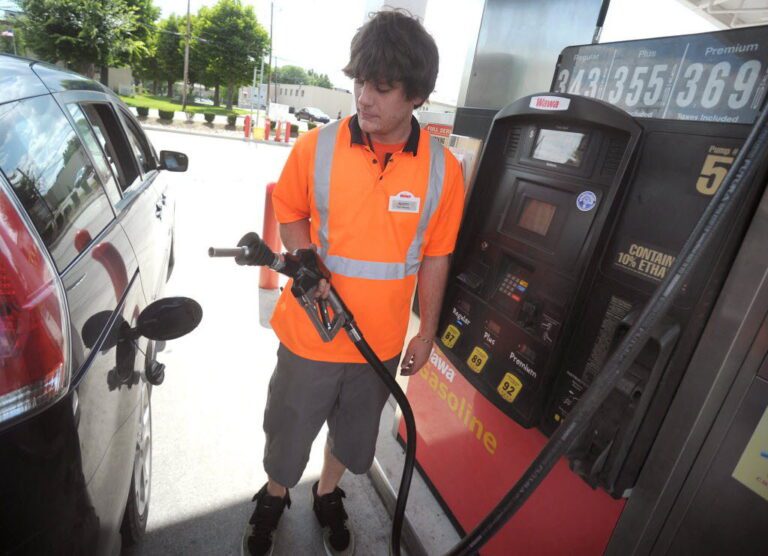The New Jersey Department of the Treasury has announced an increase in the gas tax rate of 2.6 cents per gallon, effective January 1, 2025. This change is aimed at bolstering the State’s Transportation Trust Fund (TTF) program, following a detailed examination of fuel consumption data and discussions with the Legislative Budget and Finance Officer.
The tax adjustment comes as a result of Chapter 7, a 2024 law that establishes a gradual increase in New Jersey’s Highway Fuel Cap, spanning from Fiscal Year 2025 to Fiscal Year 2029. For FY2025, the Highway Fuel Cap has been set at $2.032 billion, representing an $84 million increase—or approximately 4.3%—from the previous cap of $1.948 billion. This cap is projected to grow even further, reaching $2.366 billion by FY2029.
State Treasurer Elizabeth Maher Muoio commented, “Based on our review of the consumption data, combined with the requirement to meet the new statutory target, we have determined that the new formula dictates a 2.6 cent increase this coming January. We are pleased that this dedicated funding stream continues to provide billions of dollars across the State to support our critical transportation infrastructure needs.”
Under Chapter 7, nearly $11 billion must be allocated over the next five years to enhance New Jersey’s roadways and bridges. To fulfill this requirement, the law stipulates that the Petroleum Products Gross Receipt Tax (PPGRT) rate must be adjusted to generate ample revenue that aligns with this fiscal goal.
It is essential to understand that what is commonly referred to as the “gas tax” is actually two distinct taxes imposed on gasoline and diesel fuel: the Motor Fuels Tax and the PPGRT. Effective January 1, 2025, the PPGRT will rise from 31.8 cents to 34.4 cents for gasoline and from 35.8 cents to 38.4 cents for diesel fuel. When combined with the fixed Motor Fuels Tax—which is set at 10.5 cents for gasoline and 13.5 cents for diesel—the total tax rates will result in 44.9 cents per gallon for gasoline and 51.9 cents per gallon for diesel.
Understanding Chapter 7 and Tax Rate Adjustments
The adjustments in the PPGRT rate, as outlined in Chapter 7, rely on a predetermined formula that assesses the necessary increases each year to meet the Highway Fuel Cap. The Treasurer collaborates with the Legislative Budget and Finance Officer before November 15 each fiscal year to analyze total revenues from highway fuels consumption.
The PPGRT rate may be modified for two key reasons:
- To address any revenue shortfalls or surpluses from the previous fiscal year.
- To account for whether current fiscal year consumption is adequate to meet the Highway Fuel Cap.
When adjustments are deemed necessary, the PPGRT rate will be modified:
- Upward if the previous year’s revenue fell short of targets.
- Downward if current year consumption exceeds expectations.
Projected Tax Rate for FY2025
During this fiscal review, the Treasurer confirmed that the Highway Fuel Cap for FY2025 is set at $2.032 billion, in accordance with the stipulation of the law. Supporting data indicates that gasoline and diesel fuel consumption in FY2025 is anticipated to be 0.6 percent higher than figures from FY2024. Consequently, the increase in the PPGRT rate reflects this anticipated rise in revenue linked to the adjusted Highway Fuel Cap.
With these updates, New Jersey aims to ensure that its transportation infrastructure remains robust and adequately funded, paving the way for future improvements and enhancements.
For further details, clarification, contributions or any concerns regarding this article, please feel free to reach out to us at editorial@tax.news. We value your feedback and are committed to providing accurate and timely information. Please note that all inquiries will be handled in accordance with our privacy policy



